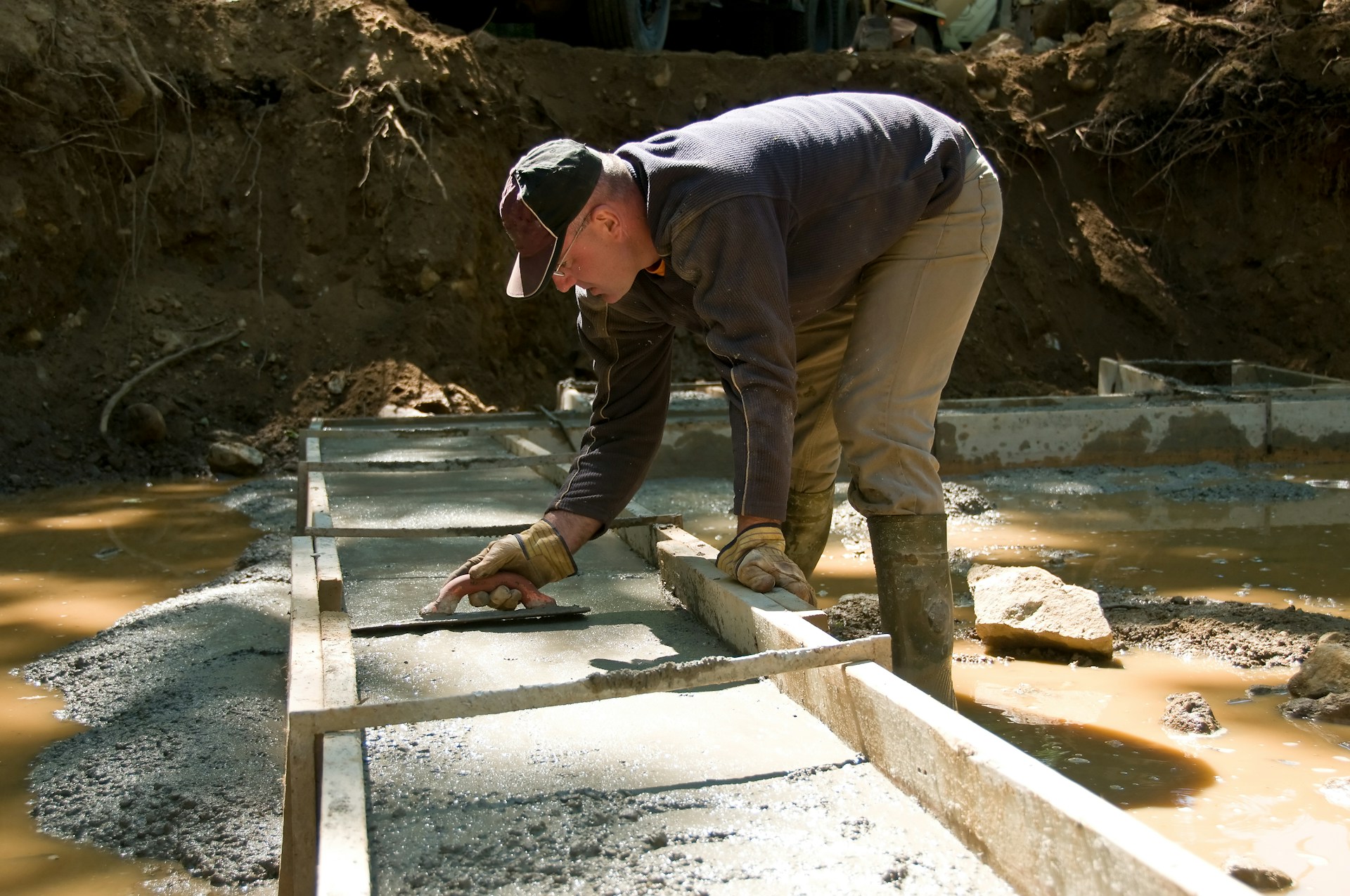Whether you’re considering buying a new home or have been a homeowner for years, one aspect of your home you should regularly check is the foundation. At some point you may see some cracks in your foundation and wonder whether you should be concerned. Here are the types of foundation cracks and some recommendations on how to fix them.
Vertical foundation cracks
The least troublesome crack is the vertical foundation crack. Vertical cracks run up and down and can take on a slightly diagonal shape. Formed when the concrete settles and some tension is relieved, vertical cracks are common in many homes. They should not be a structural concern but could allow some water to seep through the foundation wall during heavy rains so should be repaired if seen.
You can typically repair vertical cracks with epoxy or urethane to seal it back up. This type of material is flexible enough so that the crack should not re-open with future foundation movement. First, drill some small holes into the crack face from inside the basement or crawlspace. Inject the epoxy material into the crack through the holes until the crack is sealed.
Diagonal foundation cracks

Diagonal cracks are usually broad at the top but become narrower as they travel downward at an angle of 30-75 degrees. These diagonal cracks can permeate through a house’s damp-proof course (DPC) barrier into the foundation. They usually appear when the soil surrounding the foundation wall becomes unstable, whether through dehydration or excessive rain. They could be caused by something as simple as having your gutter downspouts too close to the foundation.
Diagonal foundation cracks can typically be repaired similarly to vertical cracks — by injecting an epoxy material into them. For this type of crack, however, it’s imperative that you determine what’s causing the crack and correct the root problem in order to prevent it from happening again.
Stair-step foundation cracks
Stair-step foundation cracks start at the end of a wall and shoot upwards in the outline of a staircase. They often appear in the mortar joints of houses with brick or concrete foundations. Like diagonal cracks, stair-step cracks occur due to the differential settling of the foundation. If they’re only found in the mortar joints between the brick or block, the crack is not serious and can be repaired by simply reapplying the mortar.
If, however, stair-step cracks displace the blocks — or if the cracking extends through the blocks — the problem could be more serious than merely a mortar fix. It could be that the cracking extends through the blocks and is a more serious threat to the structural integrity of your home. If you see displaced bricks or blocks, you should call a professional to come determine the severity of the problem and make recommendations on a corrective plan.
Horizontal foundation cracks
Cracks that run horizontally across the foundation wall are the most concerning type and could be a sign of a bigger problem. These are more than likely caused by hydrostatic pressure on the foundation that causes the foundation walls to bow inward. Bowing foundations are serious and can lead to a structural failure.
Because of the serious nature of a horizontal foundation crack, it’s imperative to call an expert if you find one of these in your home’s foundation. Structural engineers will determine the correct plan for fixing the crack. They may install a high-strength strapping on the foundation’s interior to keep the wall from more bowing or add some reinforcing braces in the basement or crawlspace.
Understanding the different types of cracks can help you determine a plan for moving forward. But don’t be afraid to call in a professional for an assessment to ensure that your self-diagnosis is correct. Here is an additional list of some more foundation warning signs to look for around your home.
Helicon is happy to come assess the cracks in your foundation and can help make recommendations on a plan to keep your home and its foundation safe. Contact us today!





